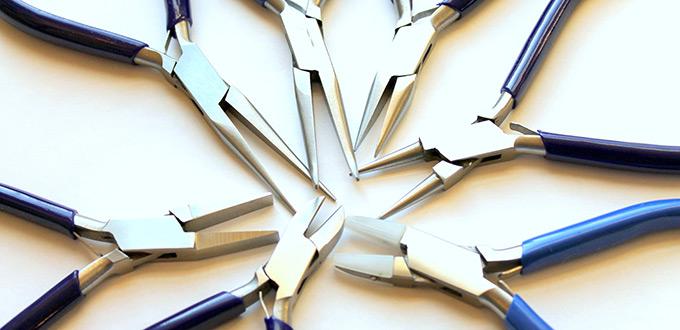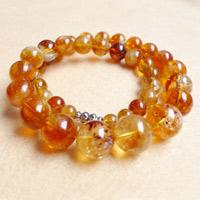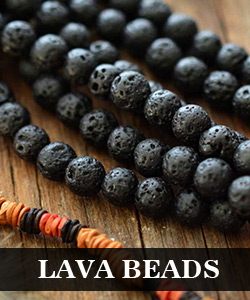- Comments (0)
- Nov 26, 2013
Beginners Guide to Basic Jewelry Making Tools
Summary: Some essential tools are needed when making jewelry. I think it will be helpful if I give a guide to basic jewelry making tools for beginners. So here it is!
If you intend to embark on making jewelry by yourself, knowing basic tools for jewelry making is necessary, because choosing right tools can make the project go well and may help you create more delicate jewelry. This is a beginner guide to common jewelry making tools. Only when you have a clear understanding of jewelry making tools can you use them properly to create a wonderful piece of handcrafted jewelry.
Here are six basic tools for jewelry making:
Wire Cutter
Just as its name implies, wire cutter is specifically for cutting wire. It allows you to cut headpins, eye pins and wires to certain length. Wire cutter is the most indispensable tool for jewelry makers. You will need to use this tool in almost all jewelry making projects.
A good-quality wire cutter is strongly recommended. Make sure your wire cutter is small and easy to hold as you will often need to grip it in one hand while holding the wire jewelry in the other hand.
Don’t cut memory wire with normal wire cutters as they can put dents in the cutting edge to damage the wire. You’d better buy memory wire cutters if you are going to cut memory wire.
Round Nose Pliers
Round nose pliers are perfect for creating curls and loops on the wire, but not good for gripping. It got the name due to its cone-shaped jaws which allow you to get the size of loop that you want.
For creating a larger loop, you can position your wire near the handles, while for a smaller loop you can position your wire towards the tip of the jaws.
Making eye pins and jump rings with round nose pliers by your own is a doddle.
Chain Nose Pliers
Chain nose pliers are similar to round nose pliers except that the inside edge of the jaws is flat. They are mainly used for opening and closing jump rings, also more suitable for gripping wire with the flat edge.
The jaws of chain nose pliers taper towards the tip just like round nose pliers, which make them useful for getting into small spaces. For instance, you can tuck in a wire end with chain nose pliers.
When buying chain nose pliers, I recommend those without ridges so that they won’t mark your wire.
Flat Nose Pliers
Flat nose pliers are similar to chain nose pliers but the jaws don’t taper towards the tip. This gives a wider surface to make the pliers better for bending and gripping the wire.
Choose a pair of flat nose pliers with smooth inside, or else the wire will be scratched.
Flat nose pliers may be less essential than chain nose pliers, but you will find it useful when you have to hold and shape wire at the same time. By the way, using a pair of chain nose pliers and a pair of flat nose pliers to do chain maille is so great.
Crimping Pliers
Crimping pliers are used to secure a clasp on the end of beading wire with crimp beads or tubes and pass the wire through the clasp then back through the crimp bead.
There are two notches in the jaws of crimping pliers. You can use the first notch which is nearest the handles to flatten the crimp bead onto the wire. This turns it into a ‘U’ shape, ideally with one piece of wire in each side of the ‘U’, then you can use the other notch to shape the ‘U’ into round.
When making a wrapped loop, a pair of crimping pliers is good to neaten the wire by placing the notch near the end of the pliers over the cut end of wire, then squeezing.
The crimping pliers can be replaced with chain nose pliers if you are not kind of a stickler about getting a delicate and neat rounded result.
Nylon Nose Pliers
Nylon nose pliers have plastic jaws rather than metal ones. They protect the wire or piece from damage when you want to hold it firmly. The nylon nose pliers are great for straightening wire by placing one end of the wire between the jaws and drawing the pliers along the wire.
The jaws of nylon nose pliers are quite large, so they are not suitable for fine and delicate work.
Above are detailed information about six basic tools for jewelry making. I really hope it would be helpful for you in jewelry making!









